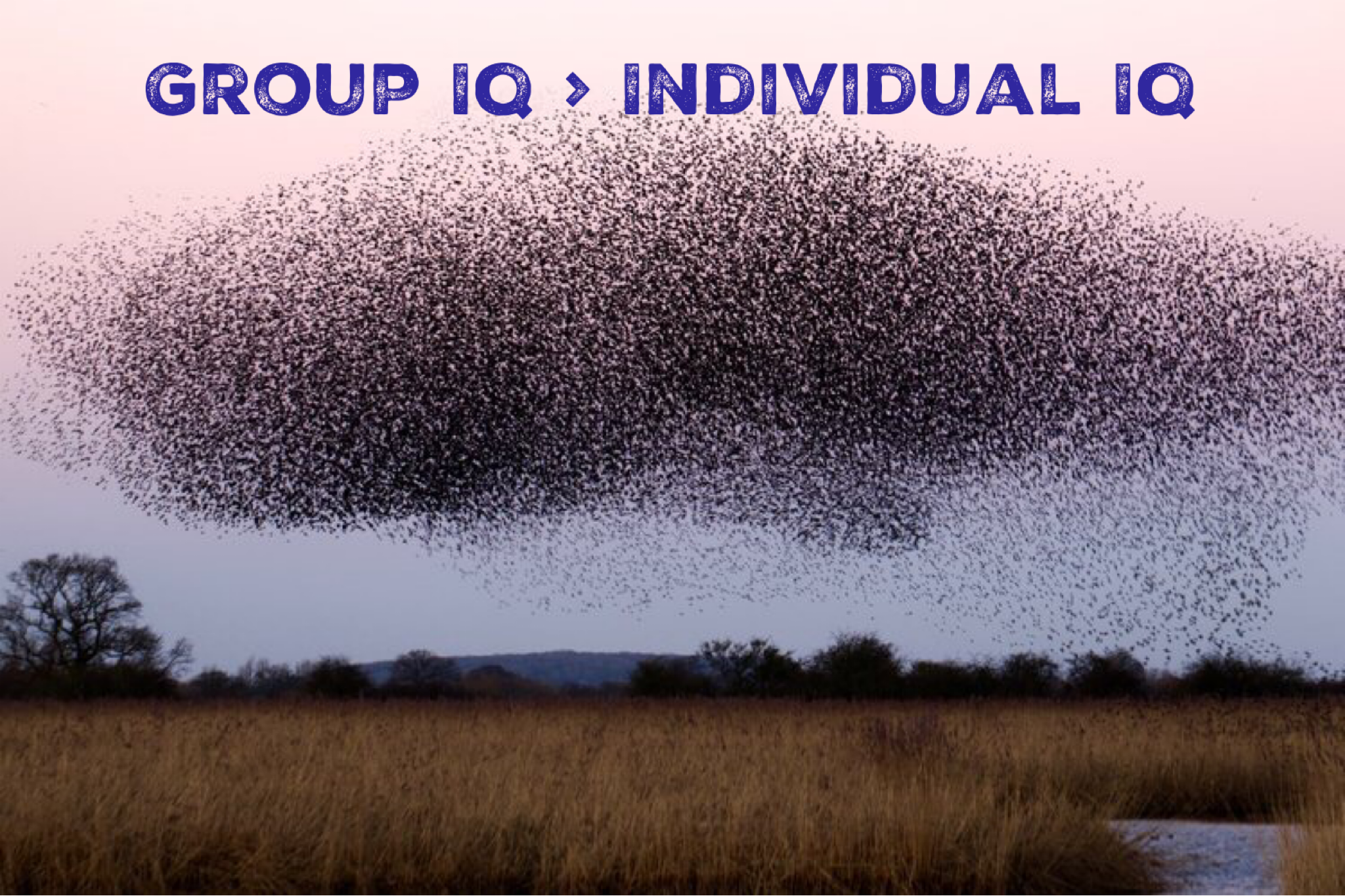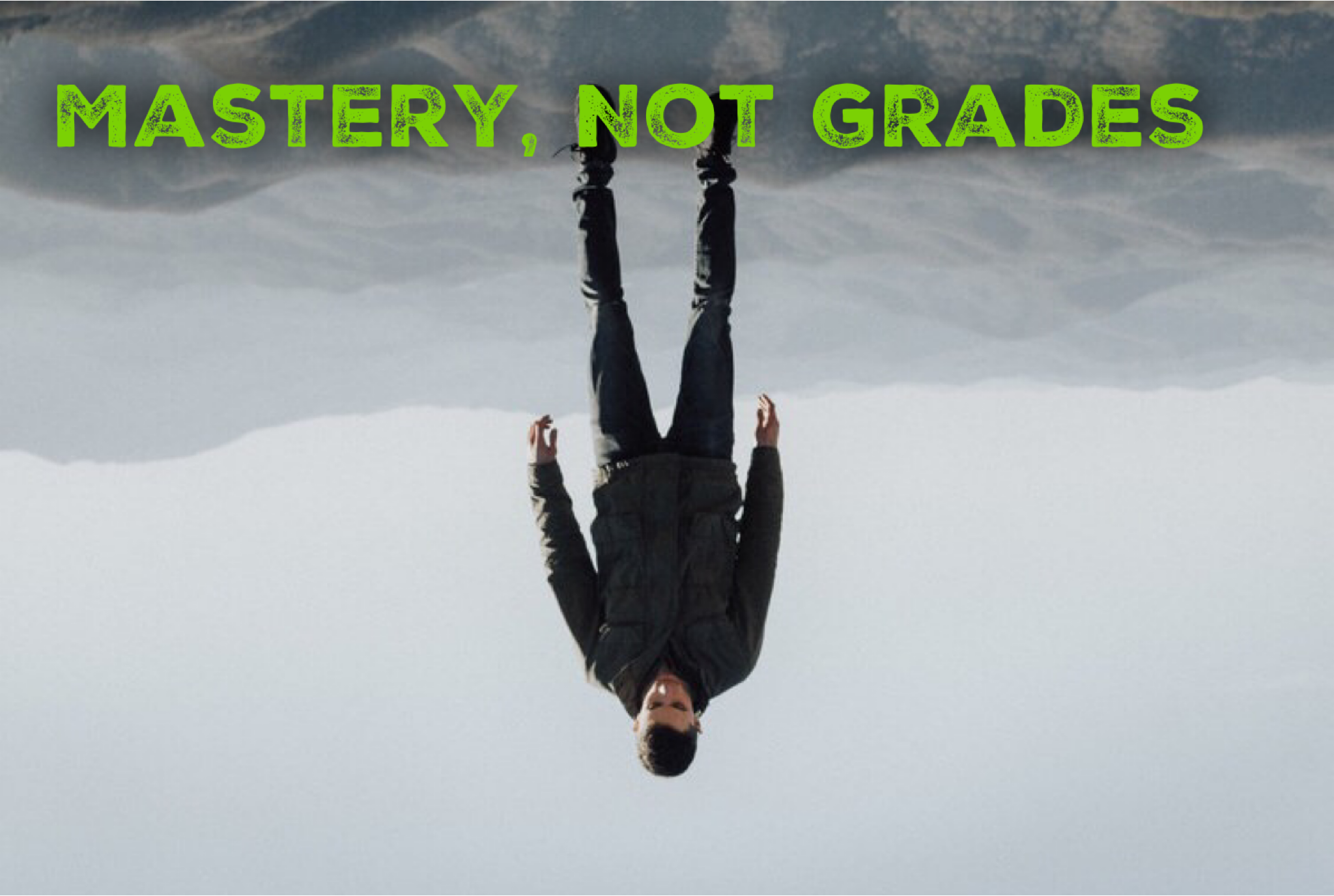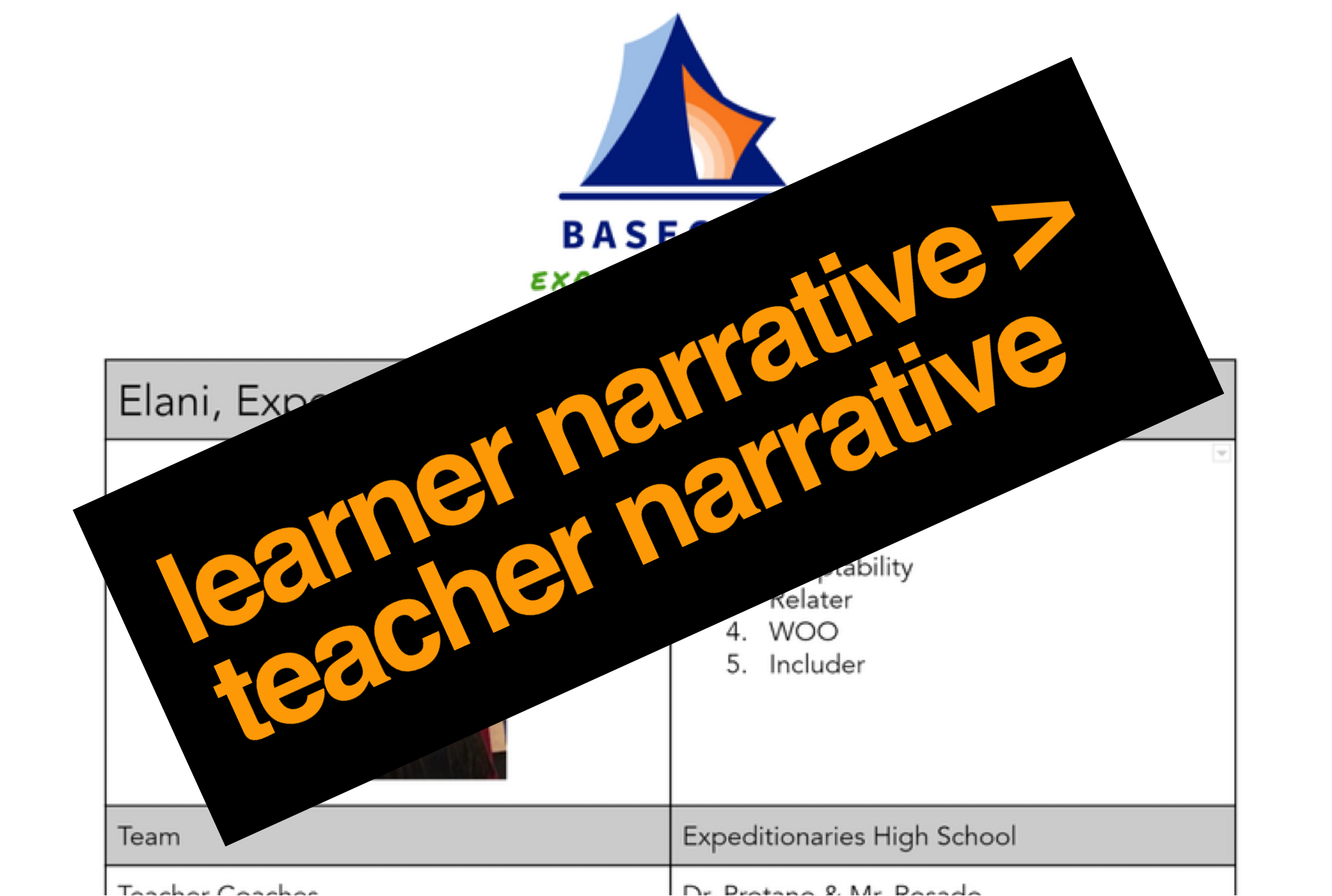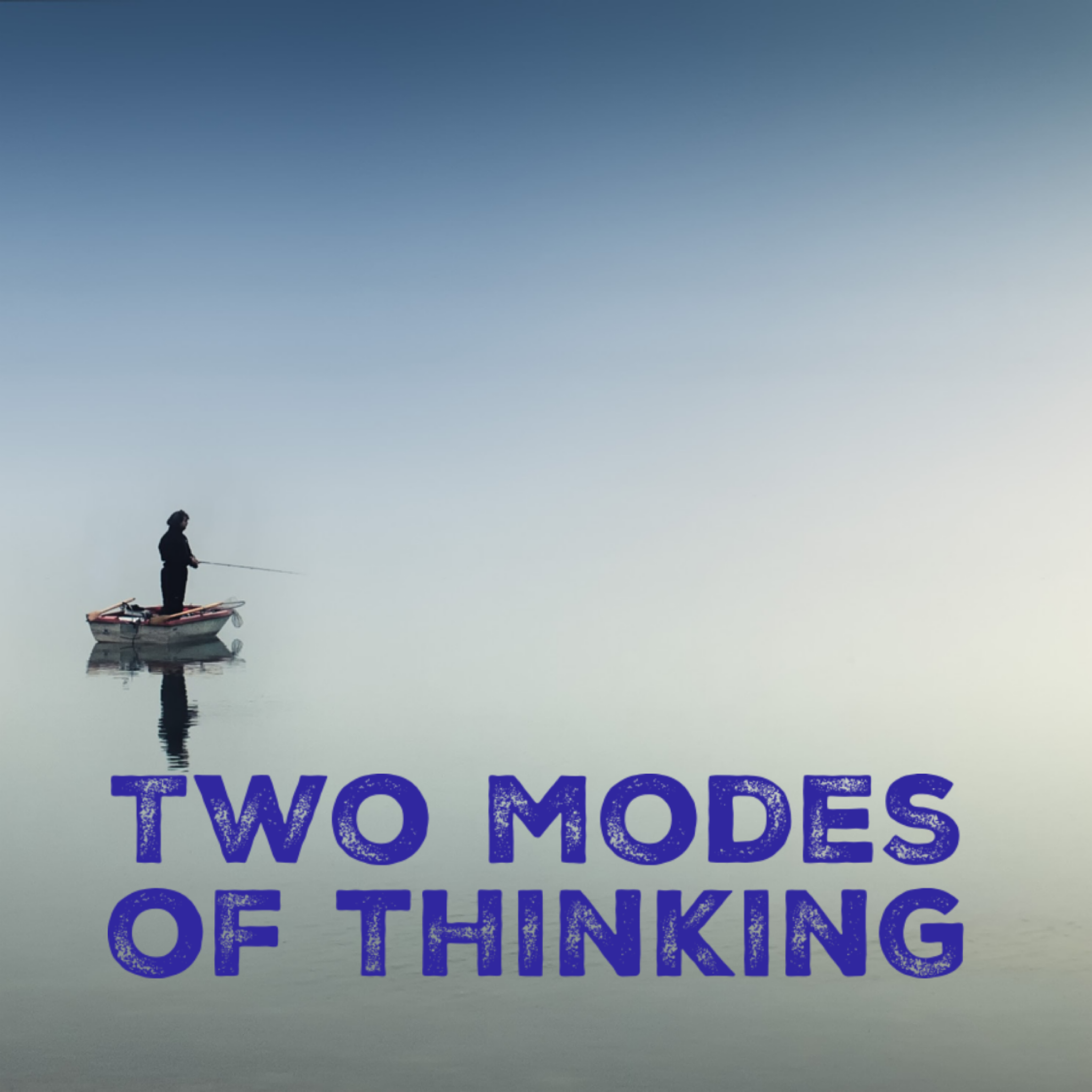School of the Future: Mental Models
On a beautiful morning in 2010, Quantas Airways Flight 32 took off from Singapore, scheduled to touch down eight hours later in Sydney, Australia. As Charles Duhigg tells the story in Smarter Faster Better*, “The sky was cloudless, the conditions perfect.”
Then the red alert went off:
“Investigators would later determine that an oil fire inside one of the jets had caused a massive turbine disk to detach from the drive shaft, shear into three pieces, and shoot outward, shattering the engine. Two of the larger fragments from that explosion punched holes in the left wing, one of them large enough for a man to fit through. Hundreds of smaller shards, exploding like a cluster bomb, cut through electrical wires, fuel hoses, a fuel tank, and hydraulic pumps. The underside of the wing looked as though it had been machine-gunned.”
With “twenty-one of the plane’s twenty-two major systems damaged or completely disabled,” no solution looked possible.
They could now make only the slightest navigational adjustments, but the captain, Richard de Crespigny, told the crew they would attempt to turn around.
Over the next twenty minutes, the plane’s computers identified problem after problem, displaying steps to remedy each one. The cascade was endless. The crew had two choices:
Choice 1: Adhere to the computer’s model of the problem. In the computer’s model, engine failure, weight imbalances, fuel loss, etc. had pre-determined solutions.
Choice 2: Develop a different mental model of the situation.
So Captain de Crespigny asked himself, What if I imagine this plane as a Cessna?
This was not at all an obvious thing to wonder. Quantas Flight 32, an Airbus A380, was massive (440 passengers), heavily computerized, with four engines. A Cessna was tiny (a handful of passengers), largely non-computerized, with one engine.
But de Crespigny wasn’t crazy. When he asked What if I imagine this plane as a Cessna?, implicitly he was asking—and answering—a new set of questions:
What kind of a problem is this?
Do I have a similar mental model of this problem?
How would I solve that problem?
To land a plane this size they “would require 3,900 meters of asphalt. The longest runway at Singapore Changi was 4,000 meters.” There would be no margin for error.
“At one thousand feet, an alarm inside the cockpit began screaming, "‘ SPEED! SPEED! SPEED!’ The plane was at risk of stalling. […]
“[Even worse] the plane was descending at fourteen feet per second. The maximum certified speed the undercarriage could absorb was only twelve feet per second.”
Whose model would prevail? The computer, still blaring warnings about various system failures? Or de Crespigny, who had envisioned a different—indeed, counterintuitive—model in his mind?
Just as Captain de Crespigny needed to train on responding to “normal” systems failures by relying on the computer’s models, students need to practice solving known problems that have known solutions. Math problems, the five-paragraph essay… these are useful practice drills.
Think of stations-based work during an athletic practice.
But when game time comes, your opponent is likely to do the unexpected. Your stations-based work won’t help at that point. What then?
Charles Duhigg ends his story this way:
“A metallic voice erupted: ‘STALL! STALL! STALL!’ The Cessna in de Crespigny’s mind was still sailing towards the runway, ready to land as he had hundreds of times before. It wasn’t stalling. He ignored the alarm. The rear wheels of the Airbus touched the ground and de Crespigny pushed his stick forward, forcing the front wheels onto the tarmac. The brakes would only work once, so de Crespigny pushed the pedal as far as it would go and held it down. The first thousand meters of the runway blurred past. At the two-thousand-meter mark, de Crespigny thought they might be slowing. The end of the runway was rushing toward them through the windshield, grass and sand dunes growing bigger the closer they got. As the plane neared the end of the runway, the metal began to groan. The wheels left long skid marks on the asphalt. Then the plane slowed, shuddered, and came to a stop with one hundred meters to spare.
“Investigators would later deem Quantas Flight 32 the most damaged Airbus A380 ever to land safely.”
Schools of the Past and the Present trick students into believing that SATs, APs, or textbook problem sets represent important models of the world. They don’t. Those assessments provide skills-based practice, but they don’t prepare students for the real world.
In Schools of the Future, students will develop—and apply—mental models.
This means spending more time in “scrimmages” and “games” than in “stations-based drills.”
This means asking, “What kind of problem is this? What are some different models for thinking about this problem? How might I apply those mental models?”
Just as no athlete can outsource all of her game preparation to stations-based drills, no student can afford to outsource her mental modeling to textbooks, standardized texts, and similar assessments.
What does your school do to create srimmage and real game opportunities for your learners? When and where are they developing and testing mental models of how the world really works?
***
Excerpts from Stronger Faster Better (2016), by Charles Duhigg. The entire book is worth your investment.
***
For more in the "School of the Future” series, click on the tiles below.
***
Thank you for reading this post from Basecamp's blog, Ed:Future. Do you know someone who would find the Ed:Future blog worthwhile reading? Please let them know that they can subscribe here.


























